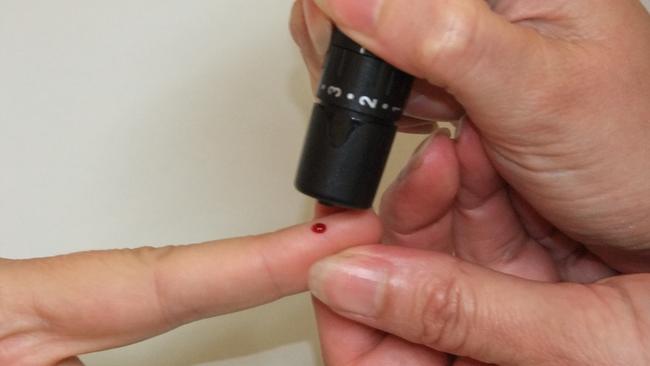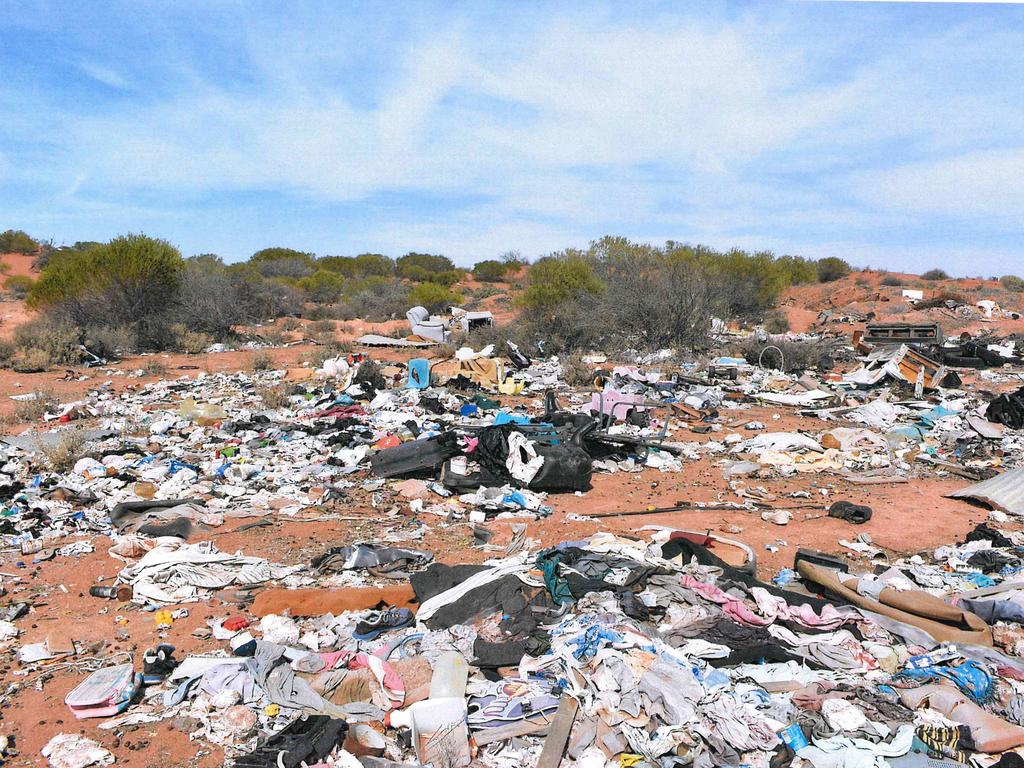Spotlight on Indigenous diabetes crisis
A new study has found Indigenous children in Northern Australia suffer youth-onset type two diabetes at rates at least 10 times higher than previously thought.

A new study has found Indigenous children in Northern Australia suffer youth-onset type two diabetes at rates at least 10 times higher than previously thought, and possibly above those anywhere else in the world.
The study, published in the medical journal The Lancet Diabetes & Endocrinology, was the first to use primary healthcare data to estimate the disease’s prevalence. It looked at 381 type two diabetes sufferers aged under 25 years and identified from a First Nations population of about 60,000. The youngest was aged just four years.
Type two diabetes is a condition where the body struggles to regulate its sugar levels. There is no cure, but the condition can be managed. Without that, high blood sugar levels can eventually lead to disorders of the circulatory, nervous and immune systems.
People who develop type two diabetes young are more likely to experience other conditions as adults. Babies exposed to high blood glucose levels during pregnancy are more likely to develop type two diabetes at an even earlier age than their mothers.
The research was led by Darwin-based paediatric endocrinologist Angela Titmuss, who is completing her PhD at the Menzies School of Health Research.
“Only 14 per cent of young people in our study … had blood glucose levels within recommended targets,” she said. “For those falling outside of the target, the risk of developing complications such as kidney damage at a young age is significantly increased.”
She said the findings reflected “the reality that the majority of young people in this study are living in poverty with very high levels of educational disadvantage”.
“They are also living with the impacts of intergenerational trauma including exposure to multiple adverse early childhood experiences which we know contributes greatly to the development of chronic disease in later life, including diabetes and metabolic syndrome. Lack of food security further compounds these issues.”
The study reported “a very high prevalence of type two diabetes among First Nations youth in Northern Australia, arguably the highest reported prevalence in any population of youth internationally in the past 25 years”.
“To our knowledge, this study is the first report of youth-onset type two diabetes prevalence in Northern Australia, and suggests that prevalence is substantially greater than previously reported prevalence estimates in Australia, of 0·5 cases per 1000 First Nations Australians younger than 25 years, 0.1 cases per 1000 Australian 10–14 year olds, and 0.9 cases per 1000 Australian 20–24 year olds,” they wrote.
The study found rates as high as 31.1 cases per 1000 people in Central Australian girls. Some of the highest rates of youth-onset type two diabetes (38 cases per 1000 boys and 53 per 1000 girls) were detected in Native American youths in the 80s and 90s.
“Of concern, our reported prevalence of 31 cases per 1000 Central Australian females aged 15–24 years approaches these levels,” the researchers wrote.
“We report a much higher prevalence of type two diabetes than seen in recent years in First Nations youth internationally, with reported prevalence ranging between 0·6 cases per 1000 young people and 2·7 cases per 1000 young people.”
Co-author Louise Maple-Brown said the work would help doctors work with families and communities to improve standards of care.







To join the conversation, please log in. Don't have an account? Register
Join the conversation, you are commenting as Logout